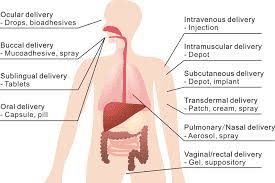When choosing a route of medicine administration, there are several factors to consider. These include the pharmacodynamic profile, convenience, and patient compliance. Understanding these factors can help you choose the best medication delivery route.

Intravenous injection is the most common medication administration route. This is usually preferred due to the ease of access to the circulatory system. However, it can also be associated with adverse effects.
Intramuscular injection is an alternative medication delivery route and is commonly used to administer antipsychotics. Compared to intravenous and parenteral routes, this route is convenient and easy. In addition, the onset of action is quicker, which is helpful in patients who experience agitation. To find out about Administration of medical training courses, consult with a site like www.tidaltraining.co.uk/health-and-social-care-courses/safe-handling-medication-training
The buccal cavity, sublingual or oral administration is a drug delivery route that is well used. Unlike the other two courses, this route allows for relatively large amounts of drugs to be administered. Drugs metabolized by pancreatic enzymes are safe to distribute via this route.

Various anatomical characteristics can affect the rate of absorption. For example, the nasal cavity can be affected by certain diseases, limiting the amount of medication that can be absorbed.
In addition, the blood-brain barrier can inhibit the delivery of medications. Therefore, it is vital to choose the best route of medicine administration that will not block the passage of the drug.
The vaginal and rectal route is an underused drug delivery route. Although it bypasses the first-pass effect, it is not recommended for all drugs.
